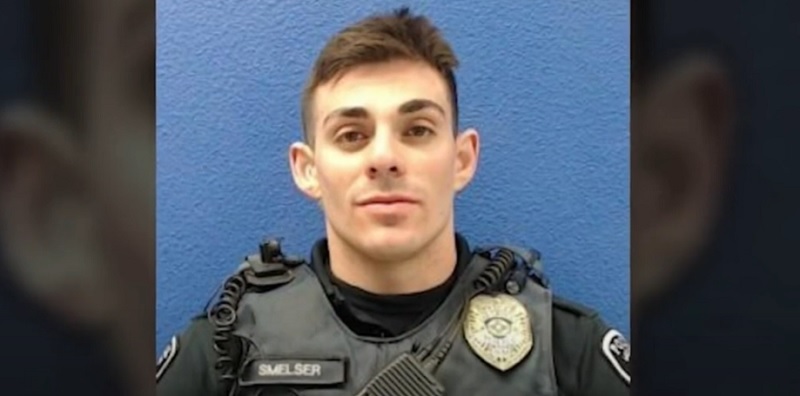
Many agencies have removed vascular neck restraints from police officers’ toolboxes. Officer Christopher Smelser of the Las Cruces, New Mexico, used the restraint on Antonio Valenzuela who died about an hour later.
First, let’s talk about the vascular neck restraint, also known as a carotid restraint, that has become a symbol of wanton brutality. Although there are various ways carotid restraints are taught, the use of the restraint technique was developed over fifty years ago with very few successful lawsuits or causes of death. Most suspects comply when the restraint is applied correctly, but if they do not voluntarily comply, the maneuver can be adjusted to cause unconsciousness for a brief time to allow an officer to apply handcuffs and complete the arrest of an actively resisting suspect.
The value of the neck restraint is that it is a non-deadly but effective control option that can preclude the use of a Taser, a nightstick, or hard hand strikes. Removing it as an option for police officers dealing with a resisting suspect forces the officer to move to a different, and potentially more injurious means to stop a suspect from actively fighting.
It is critical to note that the neck restraint is not a “chokehold” because no choking or strangulation is part of the execution of the method. In fact, training specifically requires the officer to cradle the vulnerable part of the front of the neck so that the leverage is pressing against the carotid artery area of the side of the neck. It is the temporary deprivation of this blood flow that will cause the temporary unconsciousness of a fighting suspect. There is no value in cutting off a person’s ability to breathe, temporarily or permanently, short of justification of deadly force.
Officer Smelser was charged with second-degree murder which, under New Mexico statute, requires a level of intent. In other words, the prosecutor must have believed that Smelser saw an opportunity to kill somebody, then attempted to crush their windpipe. When the case came before Judge Douglas Driggers, the judge ordered a directed verdict and freed the officer after just a half-hour of arguments.
Perhaps when the judge heard that Valenzuela had fled from officers after they attempted a traffic stop, that he then fled on foot from Smelser and another officer, that officers attempted to stop him by deploying two Taser attempts, and that Valenzuela had a high concentration of methamphetamine in his system, that maybe former Officer Smelser had no murderous malice in his heart when he struggled with Valenzuela who, by the way, had a warrant for violating his parole. The family of the felon got a few million dollars out of the event. Smelser got fired and earned a grand jury indictment for murder.
Once again, the false narrative (read that as lies) about police use of force has so permeated the public’s mind as well as prosecutors who should know better and politicians who pass thoughtless legal impediments that police officers are not only robbed of effective policing methods but are subject to needless antagonism.
The City of Boston recently removed pepper spray, tear gas, and rubber bullets from riot control strategies for Boston police. Two police unions are suing to overturn the ordinance. Even in the wake of millions of dollars of wanton destruction in violent protests across the country, Boston is not alone in removing essential options that can be used properly and when appropriate to protect life and property. Other agencies have forbidden officers from wearing protective gear that looks “too aggressive”, have prohibited making a video record of unruly crowds, and have severely restricted what violations they can enforce.
The ripple effect of ill-conceived restrictions on police officers has already proven to be a disaster for public safety, evidenced by rising crime. The situation can be reversed only by examining recent changes with an eye toward justifying, by data and science, the handcuffs that have been applied to law enforcement.